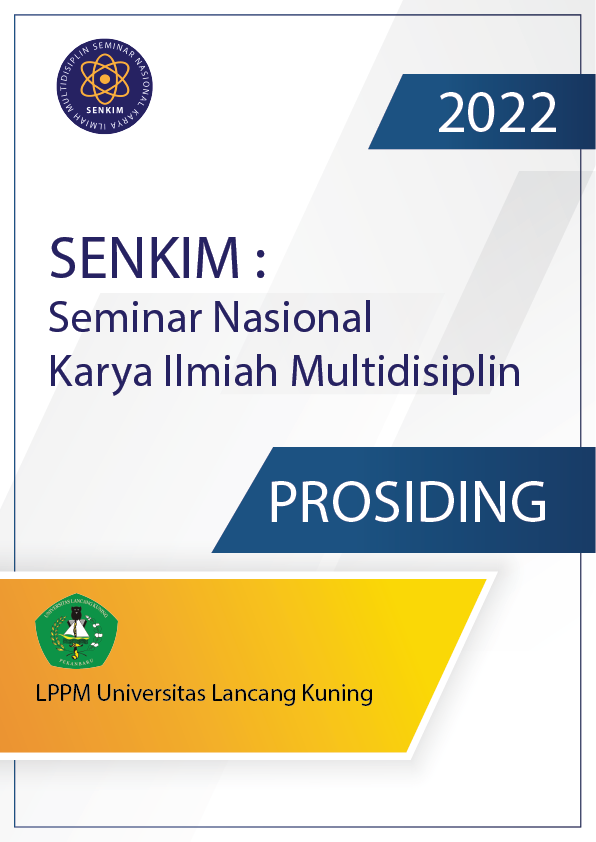Studi Eksperimental Kuat Tekan Beton Geopolimer Dengan Pemanfaatan Limbah Fly Ash
Abstract
Concrete is a component composed of coarse aggregate, fine aggregate, water and cement. The use of cement in a building causes the release of CO2, to overcome this problem, a cement substitute is sought. Geopolymer concrete is concrete made from fly ash as a binder, besides that the use of fly ash can also reduce waste in coal combustion and utilize fly ash which contains silica and alumina which can be reacted with NaOH and Na2SIO3. This study aims to determine the compressive strength characteristics of geopolymer concrete. The study used fly ash from PLTU Tenayan Raya, the method in this study was an experimental method, the study used 3 variations of the ratio of aggregate and binder, namely 65: 35; 70: 30 and 75: 25. Using 10M NaOH with the ratio of alkali/fly ash is 0,5 and the ratio of Na2SiO3 to NaOH is 1.5: 1. The test object is cylindrical with a diameter of 150 mm and a height of 300 mm. The compressive strength test of concrete was carried out at the age of 28 days and treatment at room temperature. The results of the XRF fly ash test from the PLTU Tenayan Raya belong to class F. The results of the highest average compressive strength test are obtained on the test object with a ratio of 70%: 30% with a value of 14,72 MPa. Based on the results of the study, it can be concluded that the strength value The maximum compressive strength of geopolymer concrete is obtained at the ratio of the aggregate and binder ratio of 70%: 30%.
Downloads
References
Budiningrum, D. S., Kustirini, A., Purnijanto, B., Mahasukma, D., & Utama, T. Y. (2021). Studi Experimental Kuat Tekan Beton Geopolimer. Jurusan Teknik Sipil Universitas Semarang, Vol.7, No.3, pp.55–61, ISSN : 2443-2709.
Karyawan Salain, I. M. A., Wiryasa, N. M. A., & Adi Pamungkas, I. N. M. M. (2021). Kuat Tekan Beton Geopolimer Menggunakan Abu Terbang. Jurnal Spektran,Vol.9 No.1, pp.76-84.
Nath, P., & Sarker, P. K. (2014). Effect of GGBFS on Setting, Workability and Early Strength Properties of Fly Ash Geopolymer Concrete Cured in Ambient Condition. Construction and Building Materials, Vol.66, pp.163–171.
Qomaruddin, Mochammad, Umam, K., Istianah, Saputro, Y. A., & Purwanto. (2019). Effect of Calcium Oxide Material on The Setting Time of Geopolymer and Conventional Concrete Pastes. Jurnal Ilmu-Ilmu MIPA, Vol.19, pp.182–191, ISSN : 5681-7126.
Shekhovtsova, J., Kearsley, E. P., & Kovtun, M. (2014). Effect of Activator Dosage, Water-to-Binder-Solids Ratio, Temperature and Duration of Elevated Temperature Curing on The Compressive Strength of Alkali-Activated Fly Ash Cement Pastes. Journal of The South African Institution of Civil Engineering, Vol.56 No.3, pp.44–52, ISSN : 2309-8775.
SNI 7656:2012. 2012. Tata cara pembuatan rencana campuran beton normal.
SNI, 03-2847:2019. 2019. Persyaratan Beton Struktural untuk Bangunan Gedung.



